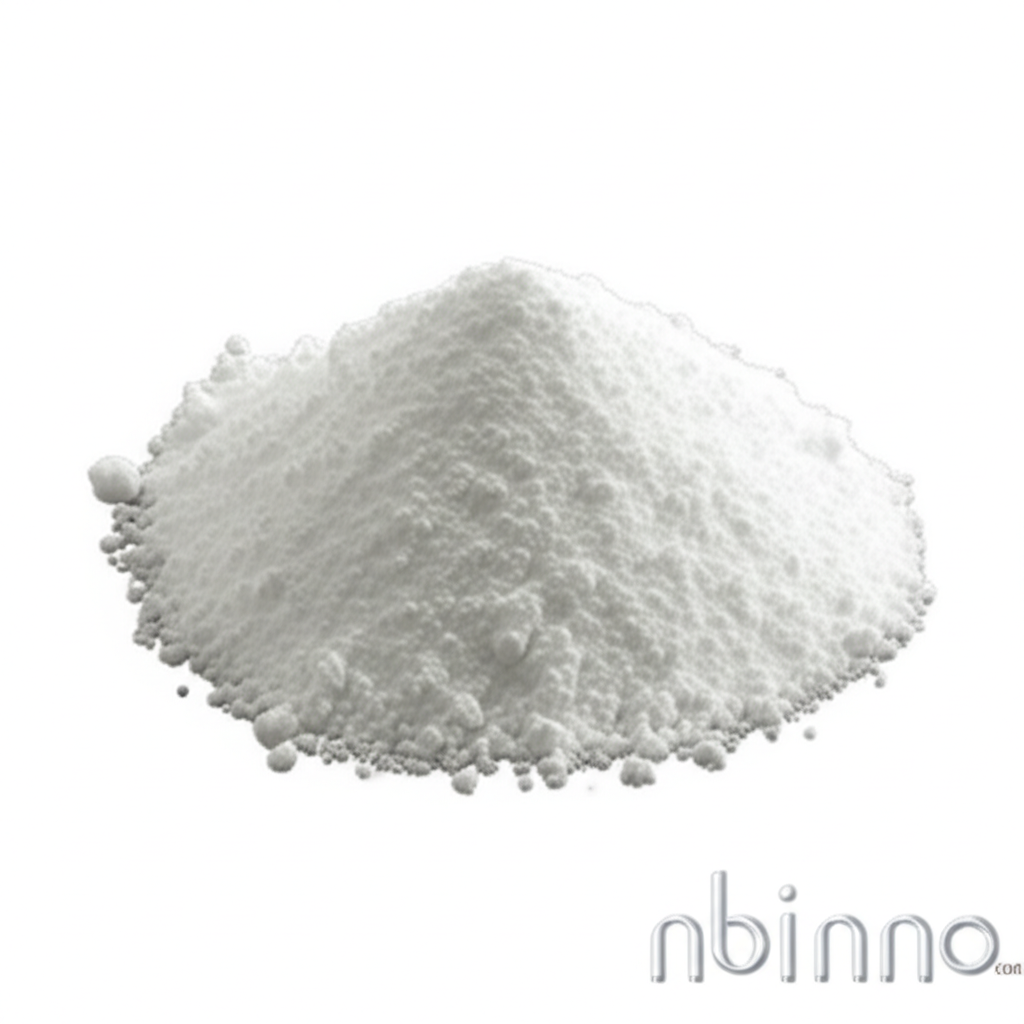N-(4-Cyanophenyl)glycine: A Key Intermediate in Pharmaceutical Synthesis and Organic Chemistry
Unlock the potential of advanced organic synthesis with this vital pharmaceutical building block.
Get a Quote & SampleProduct Core Value

N-(4-Cyanophenyl)glycine
N-(4-Cyanophenyl)glycine, identified by CAS number 42288-26-6, stands as a critical compound in the realm of fine chemicals. Its primary significance lies in its role as a key intermediate in the synthesis of Dabigatran etexilate, a widely used anticoagulant medication. This compound offers high purity, typically at or above 99%, making it suitable for demanding pharmaceutical applications and complex organic synthesis projects. Its molecular structure and chemical properties make it a versatile building block for various chemical reactions.
- N-(4-Cyanophenyl)glycine CAS 42288-26-6 offers exceptional purity, crucial for reliable outcomes in pharmaceutical synthesis.
- As a vital Dabigatran etexilate intermediate, it plays a direct role in the production of critical anticoagulant drugs.
- The compound is highly valued for its utility in organic synthesis, serving as a foundational element for novel chemical structures.
- Exploring cyanophenyl glycine uses reveals its broad applicability beyond pharmaceuticals, in various research and development settings.
Advantages of Using N-(4-Cyanophenyl)glycine
High Purity for Reliable Results
The high purity of N-(4-Cyanophenyl)glycine ensures predictable and reproducible results in sensitive chemical processes, reducing the risk of side reactions and impurities in the final product.
Versatile Pharmaceutical Intermediate
Its established role as a pharmaceutical intermediate chemical highlights its importance in drug manufacturing, particularly for anticoagulants, contributing to advancements in patient care.
Facilitates Complex Organic Synthesis
The compound's structure makes it an excellent choice for advanced organic synthesis, enabling chemists to build complex molecules efficiently and effectively.
Key Applications
Pharmaceutical Manufacturing
As a critical pharmaceutical intermediate, it is integral to the production of life-saving drugs, particularly those targeting cardiovascular conditions.
Organic Synthesis
Researchers and chemists utilize this compound for various organic synthesis projects, creating novel compounds and exploring new chemical pathways.
API Development
The compound serves as a building block in the development of Active Pharmaceutical Ingredients (APIs), contributing to the pipeline of new therapeutics.
Chemical Research
Its well-defined properties make it a valuable reagent for academic and industrial research, supporting studies in medicinal chemistry and materials science.
